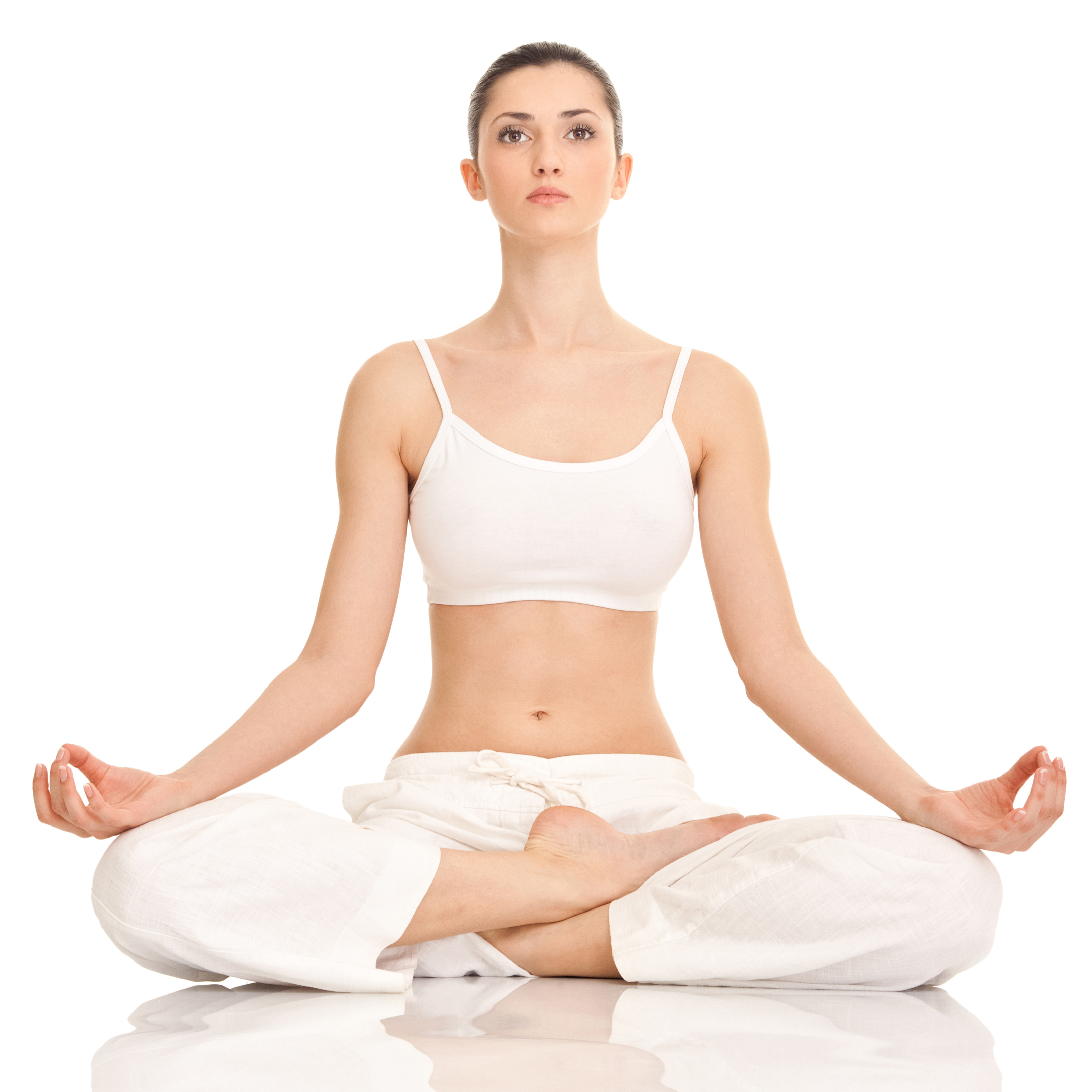Introduction
The lower back is a common area of pain and discomfort, especially as we get older. Lower back pain affects most of us at some point in our lives. Its prevalence is increasing, due to the growing need for desk jobs, longer work days, less down time, more stress and anxiety, more travel and improper nutrition. However, if you learn how to take care of your back, you can maintain a healthy spine with a simple back care routine; one that teaches you how to strengthen your core muscles, relax your nervous system and encourage flexibility around the pelvis. A well-designed, regular stretching program can be enough to help to heal lower back pain or even avoid it altogether!
Flexibility
One key to optimal lower back health is flexibility. It is important for everyone, regardless of age, to realize how essential stretching is for maintaining the body and overall wellbeing. If we don’t stretch, our muscles shorten over time. Muscle shortening gradually changes the positioning of our body, limiting movement and affecting posture. This can lead to changes in how you stand, walk, sit, move and feel in general. It can also lead to ligament damage, chronic muscle stiffness, discomfort and pain. It is important to note that most of the chronic, low-level inflammation and pain that people feel in their muscles and joints is the result of how they use their body, not how old they are.
Flexibility is particularly compromised if you sit for long periods of time. Sitting for hours over many days can lead to a wide range of problems, including digestive, heart and musculoskeletal problems. When you are sedentary, muscles that are essential for standing and moving can go completely unused for hours. When your abdominal muscles, hips and gluts remain flaccid for long periods, they become weak and sometimes even dysfunctional. This affects your ability to stand, walk, run, jump and lift heavy objects. Because of the position you are in when sitting, other muscles, such as your hip flexors (psoas, quadriceps) and hamstrings, can become stiff and tight, since they are held in a chronically flexed position. Over time, these conditions make it easier for you to hurt your back, even while doing something simple like reaching for your jacket.
Stability
Stability is another key element to maintaining a healthy back. There is a specific group of muscles in your body that are responsible for providing stability within your entire body. Their location, action and design make them ideal for providing postural stability over long periods of time; they are built for endurance rather than power. These muscles include the pelvic floor muscles (you’ve contracted these if you have done kegel exercises), the transverse abdominis, multifidus, psoas, trapezius and the deeper muscles around the throat.
Yoga activates most of these muscles through the bandhas – mula bandha, uddiyana bandha and jalandhara bandha. Mula bandha coincides with the pelvic floor and many believe that its contraction also initiates jalandhara bandha, or contraction of the transverse abdominis and multifidus. Together, they press energy up from the base of the spine, squeeze in around the waist and create a feeling of stability, lightness and a lifting sensation (uddiyana bandha translates into ‘upward flying’). The trapezius is a broad, triangular-shaped muscle that helps broaden the upper back and collar bone, lift the heart and maintain a healthy position for the shoulders, head and neck, in conjunction with the deeper throat muscles (jalandhara bandha). This effect can be felt in the instructions “lift the heart with the shoulder blades and lift the base of the skull at the back”.
Relaxation
Relaxation is the last, but certainly not the least, important factor in maintaining a pain-free lower back. The nervous system, which is responsible for the movement of our muscles and registering sensations, can also be responsible for muscle tension and resulting joint misalignment. If you are able to understand how to keep your nervous system calm, and maintain this over time, your muscles will remain relaxed over time and your joints will likely maintain a healthy range of motion. Your mind will also remain calm, but this requires moment-to-moment mindfulness. The point is that the tension that you feel in your lower back – and the rest of your body for that matter – has a source. Yoga can help you to explore that source within yourself, through guided relaxation, yoga nidra or meditation. Do Yoga With Me has many guided meditations that you can try on our Meditations page.
Holistic Approach
Because strength, flexibility and relaxation are key elements for a healthy back, an effective approach to achieving and maintaining optimal spinal health must include them all. And because the state of your lower back depends on the health of all of the muscles around it – from your head to your feet – improving lower back health must take into account the entire body, with a stretching routine that not only includes lower back stretches, but all of the major muscle groups of the neck, shoulders, back, hips and legs, and a strengthening routine that includes all of the supporting muscle groups listed above.
Lower Back Stretches on DYWM
We have many videos that teach you how to stretch to relieve lower back pain. You can find instruction on how to relax deeply and how to stretch, stabilize, protect and maintain alignment in the lower back within a variety of videos on our site. In fact, we have created two Yoga for Lower Back Care programs, one 4-week program for beginners and one 1-week program for intermediate students, that will teach you the tools that you need to take good care of your back




